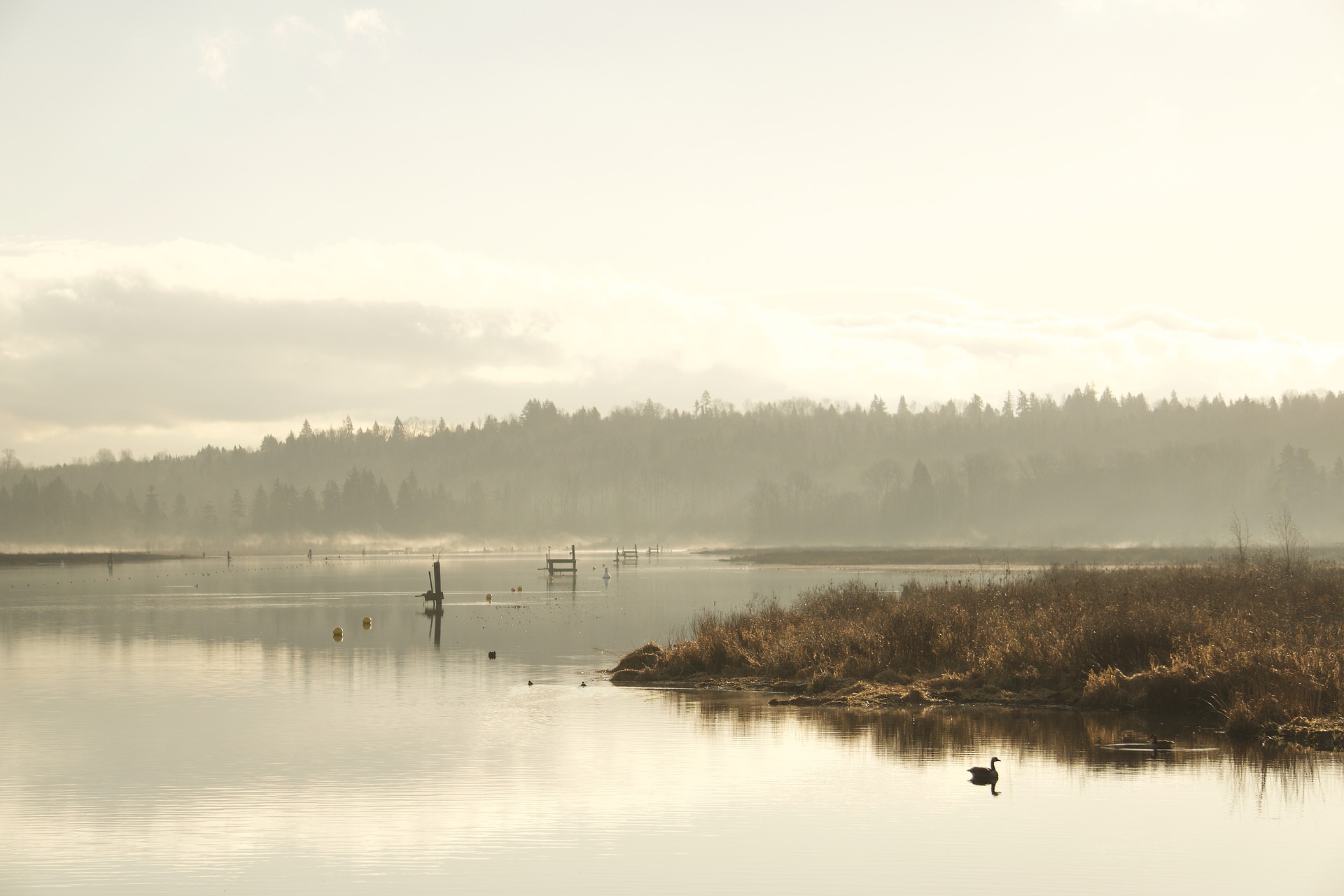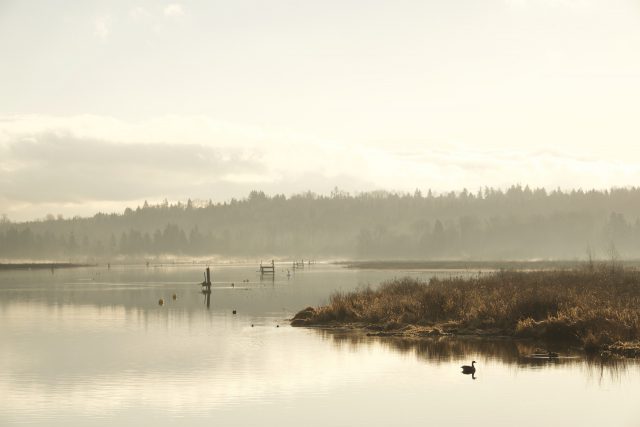5 Metro Vancouver Regional Parks to explore this summer by transit
5 Metro Vancouver Regional Parks to explore this summer by transit

Metro Vancouver is consistently ranked as one of the most liveable cities in the world and a large part of why is our expansive access to green space. Our regional parks system extends over 13,632 hectares and consists of 23 regional parks, five greenways, two ecological conservancy areas and two regional park reserves in communities from Bowen Island to Maple Ridge.
They are great places to go for a walk, breathe fresh air and enjoy the beauty of nature. Start exploring. Discover a new trail, learn about wildlife or attend one of the many events and programs. Enjoy a world away from the hustle and bustle of urban life and reconnect with nature.
On warm and sunny weekends, regional parks particularly those with beaches are busy. That’s why it’s a good idea to take transit or cycle to get there, and consider visiting during times of day when it might not be as busy.
Metro Vancouver recommends you have a backup plan for your day trip in case the place you plan to visit has no parking available or is just too busy. If you’re planning to drive there, follow @MetroVancouver on Twitter for parking notifications for the busiest regional parks: Belcarra, Boundary Bay and Lynn Headwaters.
With 23 regional parks, you have options when it comes to beating the crowd! Keep reading for five Metro Vancouver regional parks you should visit this summer that are off the beaten path.
Burnaby Lake Regional Park (Burnaby)
Burnaby Lake Regional Park is a haven for wildlife and people in the heart of region. Ducks, songbirds, fish and more make their home in this regional park. Level walking trails through mixed forest are a relaxing way for people to get closer to nature.
By transit
Burnaby Lake is conveniently located near Sperling–Burnaby Lake Station, a station along the SkyTrain’s Millennium Line. The 110 Lougheed Station / Metrotown Station, 134 Lake City Station / Brentwood Station and 144 SFU / Metrotown Station buses all stop at the station as well. Visit translink.ca to plan your trip!
By bike
The Central Valley Greenway is a 24-kilometre mixed-used path that roughly parallels the Millennium Line, connecting Vancouver, Burnaby and New Westminster. Please keep in mind there’s no cycling in the park. Cyclists following the Central Valley Greenway are reminded to use Cariboo Road and Winston Avenue. Use the Vancouver Bike Route Planner to plan your trip!
Campbell Valley Regional Park (Langley Township)
Sunlight-dappled forests, grassland vistas and wetlands make Campbell Valley Regional Park a great habitat for wildlife, from songbirds to salmon and more. The network of trails provide lovely routes for walkers to explore the variety of landscapes, the heritage features and a Nature House. Horse riding is also popular here. Cycling is only allowed on the Perimeter Trail, which is on the west side of the park.
By transit, then cycling
This one is for the multi-modal adventure seeker! You’ll have to bring your bike along and you should be comfortable riding in a designated bike lane along the shoulder of the road.
Take the 563 Fernridge bus from Langley Centre to 200 Street and 20 Avenue (Note: this bus becomes the 563 Langley Centre at the 198 Street and 24 Avenue — no transfer needed, just remain on the bus.) Once you disembark, ride south on 200 Street to get to Campbell Valley Regional Park. The 563 bus operates once every hour throughout the day, so you’ll want to make note of departure times and when the last bus is.
Deas Island Regional Park (Delta)
Located on an island in the lower reaches of the Fraser River, Deas Island Regional Park is a great place for a picnic, a quiet walk or a paddle along the slough. The tall cottonwood trees and surrounding wetlands are home to a variety of wildlife – from eagles and chickadees to frogs and otters.
By transit
The 640 Ladner Exchange / Scott Road Station bus brings you to the park. If you’re coming from Vancouver, you’ll ride the Canada Line to Bridgeport Station, transfer to the 620 Tsawwassen Ferry bus and ride it to Ladner Exchange where you’ll catch the 640 bus. And if you’re coming from Surrey, there are a number of options to get to Scott Road Station such as the Expo Line, and the 312, 319, 321, 371 and 391 buses. Visit translink.ca to plan your trip!
By car, then transit
Scott Road Station is home to a 1,494-spot Park and Ride facility. A Park and Ride is a parking lot that’s located at a transit station, allowing you to conveniently switch from car to transit! You can park all day at Scott Road for $3, then catch the 640 Ladner Exchange / Scott Road Station to get to Deas Island Regional Park.
Kanaka Creek Regional Park (Maple Ridge)
Coastal rainforest, waterfalls and sandstone cliffs are a big draw at Kanaka Creek Regional Park. Watching salmon is a popular activity at the fish-fence and the hatchery. Kanaka Creek provides habitat for a variety of wildlife, and trails for a variety of experiences.
By transit, then walking
The nearest bus to Kanaka Creek Regional Park is the 749 Ruskin / Haney Place bus. You’ll have to get off the bus along Dewdney Trunk Road, and then walk along either 252 Street or 256 Street to access the park. Use extreme caution as there are no sidewalks.
By transit, then carsharing
We have dedicated stalls for Modo and Evo carshare vehicles at select stations, allowing you to reach your final destination by car. Evo cars are available at Braid and Columbia stations, while Modo cars are available at King George, Coquitlam Central and Edmonds stations.
Tynehead Regional Park (Surrey)
Trails meander through mixed forest and meadow and along the gentle Serpentine River at Tynehead Regional Park. Gain new views of the park and its significant salmon (spawning and rearing) habitat from the viewpoints on Hatchery and Trillium Trails. Cyclists can enjoy the Tynehead Perimeter Trail.
By transit
The 388 22nd Street Station / Carvolth Exchange has multiple stops along the edge of the park on 96th Avenue, between Pacific Highway and 168 Street. Visit translink.ca to plan your trip!
Pro tip: Visit Metro Vancouver’s website and filter by “Transit” to find even more regional parks that are accessible by public transit.







Regarding using bus 388 to visit Tynehead Regional Park, instead of mentioning using the transit planner, TransLink should have stated up front that the 388 operates Monday through Friday, peak periods only, no service at other times, making it less than ideal for many persons to use.